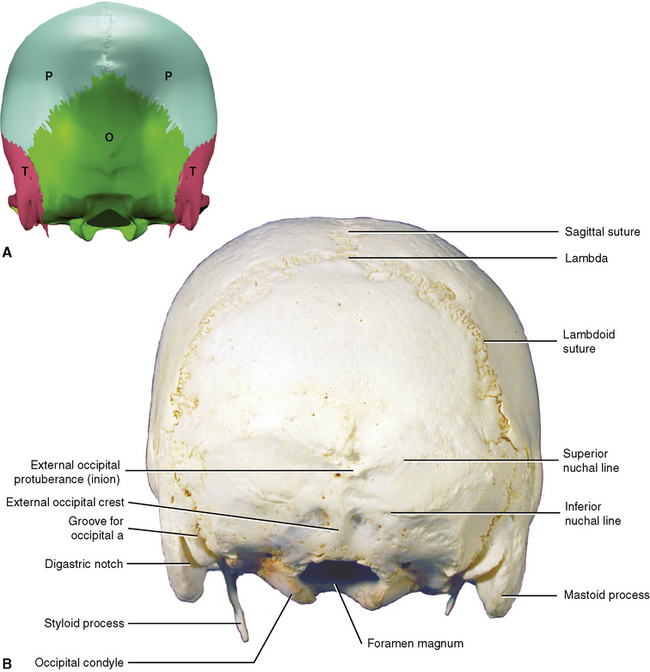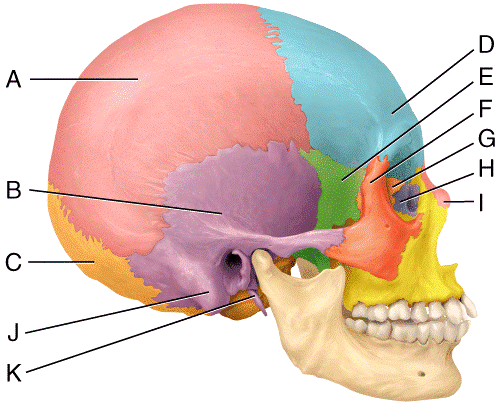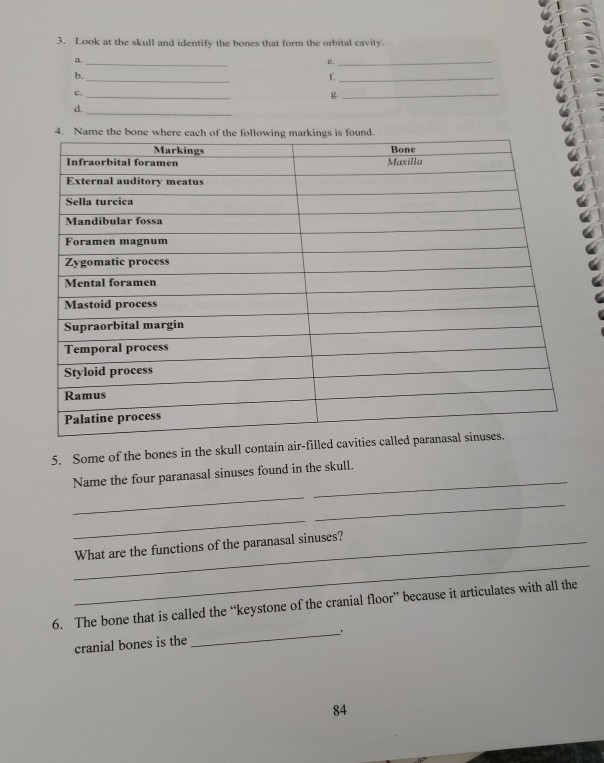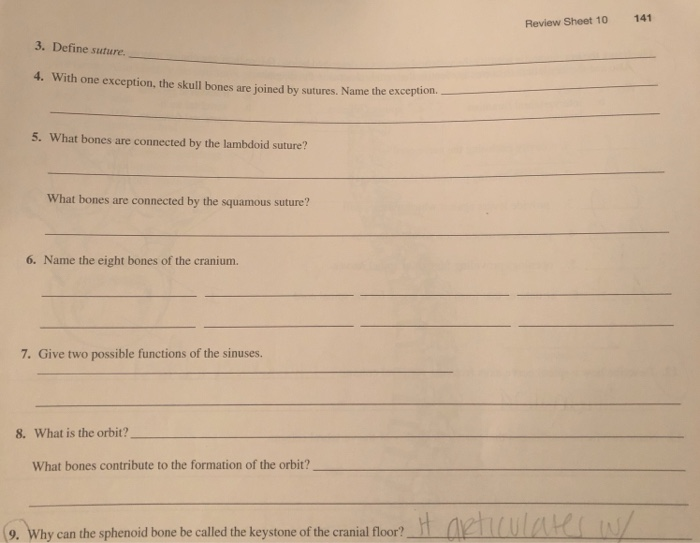Keystone Of The Cranial Floor

Lies at the middle part of the base of the skull and is called the keystone of the cranial floor because it articulates with all the other cranial bones holding them all together.
Keystone of the cranial floor. This facial bone articulates with teeth. Medium study objective 1. These cranial bones contain the organs of hearing and balance and articulate with the mandible. It is the keystone because it anchors all facial bones except the mandible.
A e b b c g d h e i answer. So 7 4 4 identify the location and surface features of the parietal bones. Sella turcica of the. The maxilla is the keystone of facial bones.
Bones in the following area protect the brain. Medical professionals often perceive the keystone of the cranial floor as off balance or restricted in its movement. 43 in the diagram which bone is considered the keystone of the cranial floor. The function of the skull is both structurally supportive and protective 2.
A prominent irregular wedge shaped bone at the base of the skull. Posterior slightly superior to nasal cavity anterior view frontal plane superior view transverse plane lateral view sagittal plane. From a superior vantage point you can really see how it is central in its location and holds the surrounding cranial bones in place. As a direct or indirect result of hindered csf flow an inhibited sphenoid bone can cause many conditions.
The cerebrum cerebellum brainstem and orbits. Each maxilla forms joints with seven other facial bones plus two of the cranium. When the structure deep inside the skull is not moving freely there can be many repercussions. It is frequently referred to as the keystone of the cranial floor because it articulates with all the other cranial bones and holds them together.
The sphenoid bone is the keystone of the cranium because it articulates with all other cranial bones. It consists of two bones maxillae fused together at the midline. So 7 4 describe the cranial and facial bones and their main features. The sphenoid bone has been called the keystone of the cranial floor since it is in contact with all of the other cranial bones the greek physician galen wrote that the sphenoid bone was like a.
What bony depression of the cranial floor does the pituitary sit. In the diagram which bone is considered the keystone of the cranial floor. It protects its inner contents.













































